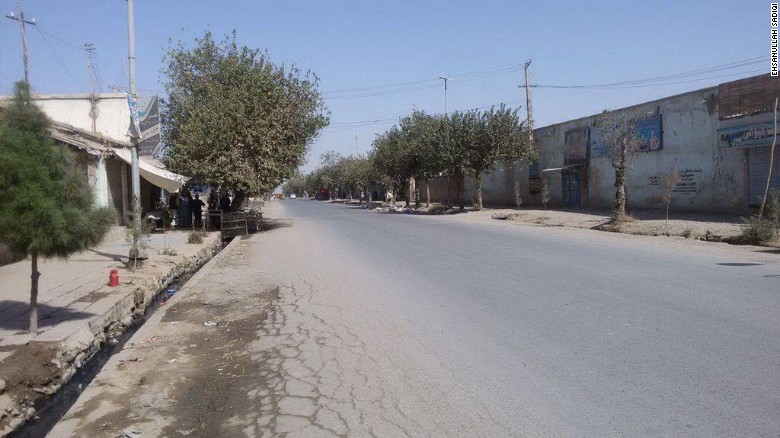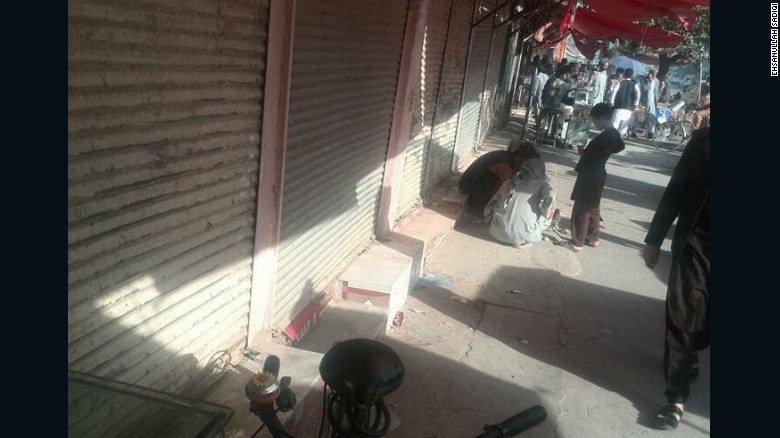Kabul, Afghanistan – Afghan government forces are fighting on the ground and from the air to defend the northern city of Kunduz following a pre-dawn offensive by Taliban militants Monday.
“This time, the Taliban won’t be able to capture any part of Kunduz,” said Mahfoz Akbari, spokesman for the police in Kunduz, speaking to CNN by telephone.
Akbari was referring to the Taliban’s brief capture of the strategically important city in September 2015.
A Taliban spokesman and Afghan government officials gave similar descriptions of how militants launched a pre-dawn attack on the city from four different directions.
“Our Mujahideen are advancing rapidly inside Kunduz,” Taliban spokesman Zabiullah Mujahid claimed in a phone call with CNN.
Heavy fighting continues
An aid worker living in Kunduz described an eruption of gunfire early Monday morning.
“Heavy fighting is still going on,” Ehsanullah Sadiqi told CNN, speaking by phone from Kunduz.
He said traumatic memories are still fresh for much of the city’s population after the Taliban capture of Kunduz in late September 2015.
“A lot of people who fled Kunduz last year at this time when the Taliban had taken over the city returned to Kunduz. So the number of people trying to flee again today was huge,” Sadiqi said. He described city streets that are almost completely deserted.

The US military in Afghanistan appears to be downplaying the likelihood of Kunduz falling once again.
“We are not observing evidence via our internal means to support the reports that Kunduz is under significant attack,” Brigadier General Charles Cleveland wrote in an email to CNN.
He characterized the current clashes in Kunduz as “ongoing sporadic fighting.”
The Taliban claimed Monday to have the capital cities of two southern provinces, Helmand and Uruzgan, surrounded and “under severe military operations.”
Longest foreign conflict in US history

The US is approaching the 15th anniversary of its war against the Taliban in Afghanistan. It is the longest foreign conflict in US history.
The US military is reducing its footprint on the ground to roughly 8,500 troops from peaks of more than 100,000 servicemen and women just a few years ago.
But US forces have carried out more than 700 airstrikes in the first eight months of 2016 in large part to support Afghan troops on the ground.
Despite this air support, the western-backed Afghan military is suffering some of its worst casualties yet.
“We believe that there has been a 20% increase in ANDSF [Afghan National Defense and Security Forces] casualties, so far this year compared to this time in 2015,” wrote Colonel Michael Lawhorn, Director of Public Affairs for US Forces Afghanistan, in an email to CNN.
As reported by CNN
